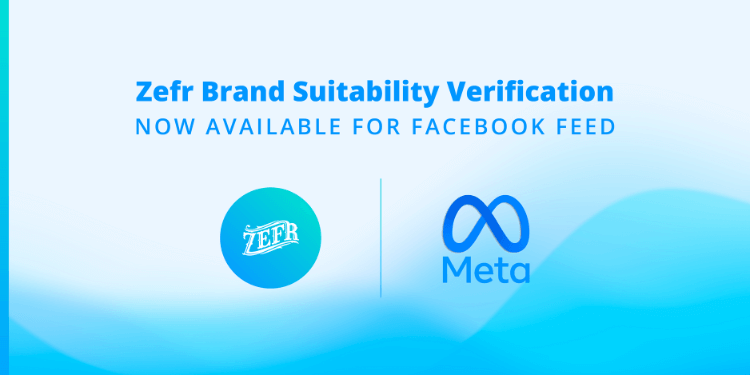Seeking to enhance the advertising environment on Reels, Meta has introduced new brand safety and creative tools tailored for marketers. This follows the rollout of similar features for Facebook and Instagram feeds earlier this year.
Leveraging artificial intelligence, Meta’s inventory filter classifies organic content according to the Global Alliance for Responsible Media (GARM) suitability guidelines. These guidelines pinpoint content areas, such as “arms and ammunition” or “explicit sexual content”, that may be deemed inappropriate for certain brand advertising. Zefr, an external verification service, is tasked with delivering performance reports on how effectively Meta’s inventory filter operates.
This innovative filter empowers advertisers, allowing them to decide the kind of content they wish their advertisements to appear alongside, be it expanded, moderate, or limited based on the content classifications. It’s worth noting, however, that Meta maintains a strict policy against monetizing content that promotes illegal drugs or disseminates misinformation.
This latest move forms part of Meta’s larger strategy to revamp its brand safety capabilities. Samantha Stetson, Meta’s VP of client council and industry trade relations, revealed that the initial focus on the feed was driven by client interest. Following the success there, Reels was identified as the “next obvious place” for implementation, especially considering its daily views reaching an astounding 200 billion.
In Stetson’s words, “The groundwork of taxonomy, its interpretation, and the AI can now be repurposed to extend its benefits to placements like Reels.”
Meta’s commitment to brand safety on its platforms is commendable. By extending these controls to Reels, the company not only ensures a safer advertising environment but also bolsters advertiser confidence, reinforcing the appeal of its platforms for marketing efforts.




















































